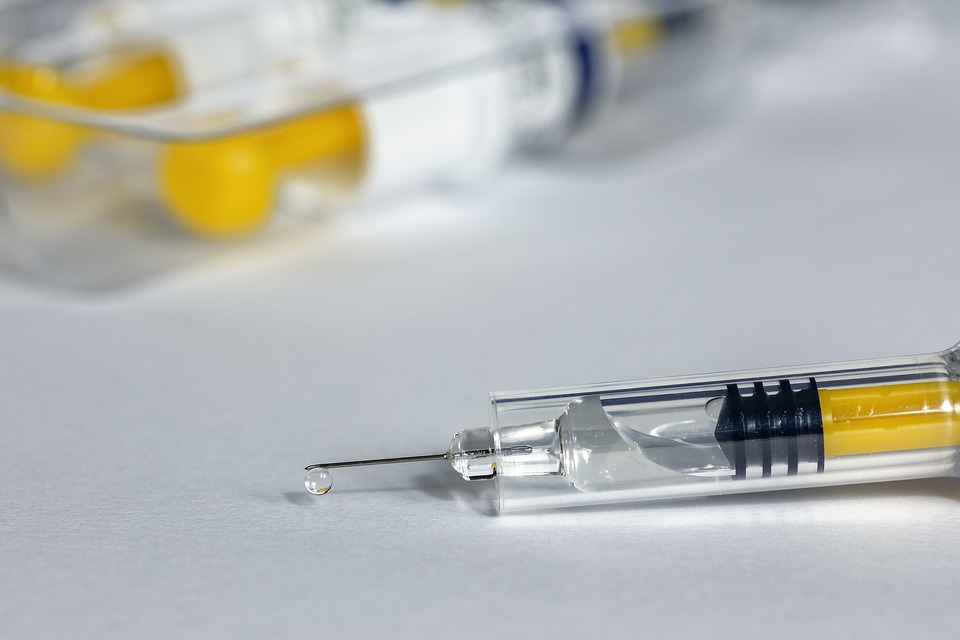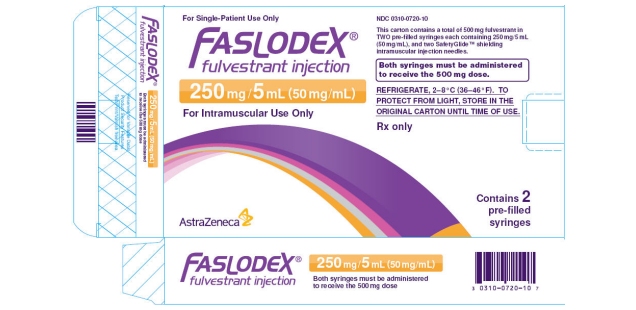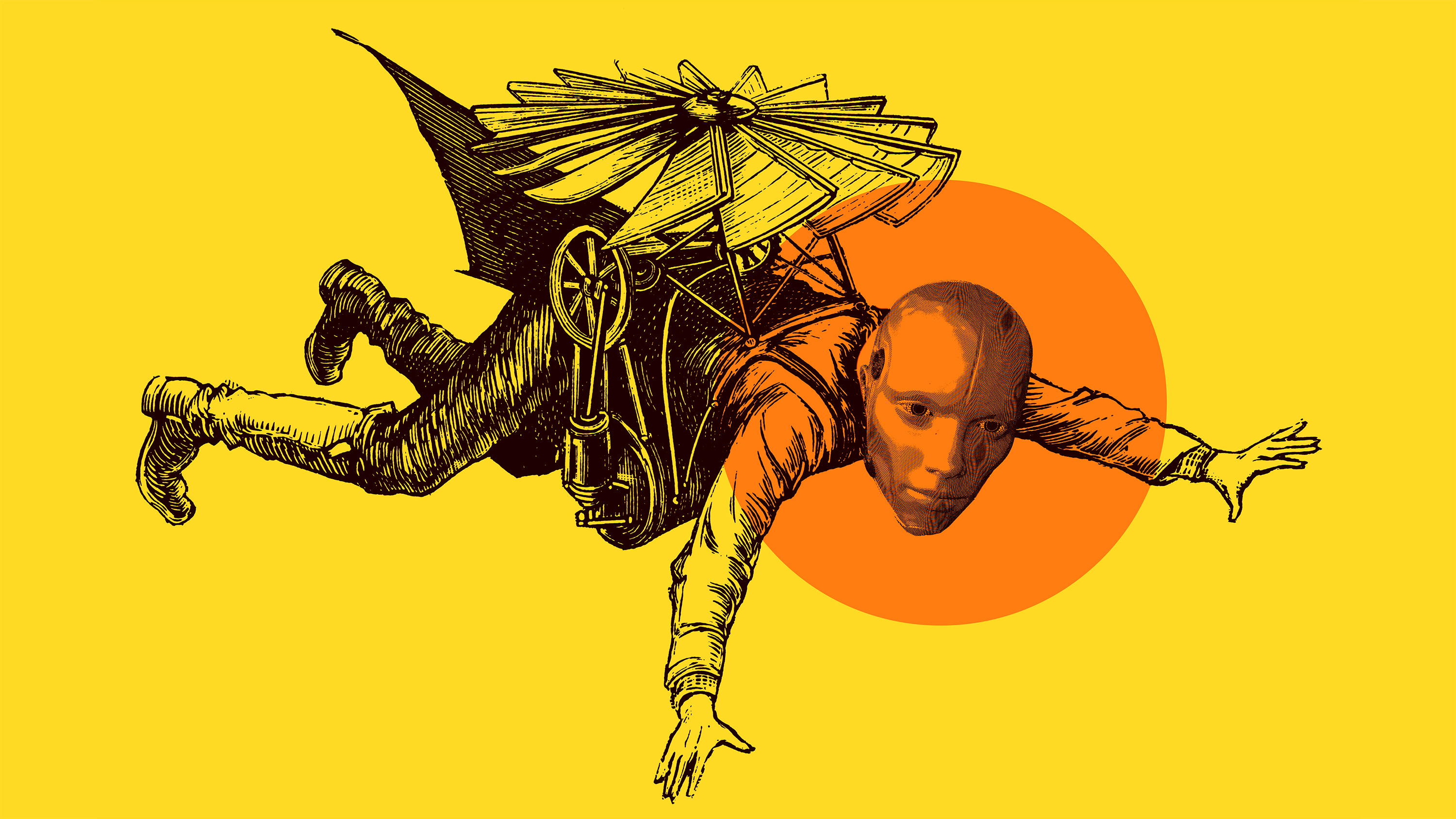AstraZeneca has fought its fulvestrant patent portfolio all across Europe, including Italy, for quite some time (see for instance here, here, here and here). Fulvestrant is an oncological product used for the treatment of breast cancer and is marketed by AstraZenca as Faslodex.
The Court of Milan recently chipped in again with its decision of 3 December 2020 (No. 7930/2020, Judge Rapporteur Ms Alima Zana, AstraZeneca v. Teva, here), delivering a number of interesting points on validity and infringement of second medical use patents.
In particular, the Court argued that the Italian arm of AstraZenca’s European patent No. EP 1 272 195 (“EP195”) lacked inventive step, among other things, as it did not overcome a technical prejudice, that the claimed therapeutic indication was not plausible and that – in any case – AstraZeneca did not offer sufficient evidence of Teva’s off-label infringement.

Procedural background
In 2018, AstraZeneca filed an action against Teva before the Court of Milan for the alleged infringement of the EP195 patent, titled “use of fulvestrant in the treatment of resistant breast cancer”. Teva counter-claimed arguing that EP195 was invalid.
In May 2020, as Teva was about to launch Fulvestrant Teva into the Italian market, AstraZeneca filed a petition for preliminary injunction based on EP195. The Court refused the PI in August (here) as it deemed that AstraZeneca’s action did not meet the “likelihood of success on the merits” requirement (so-called fumus boni iuris). The Court thus went on to decide the case on the merits.
The patent and the allegedly infringing product
Claim 1 of EP195 reads: “Use of fulvestrant in the preparation of a medicament for the treatment of a patient with breast cancer who previously has been treated with an aromatase inhibitor and tamoxifen and has failed with such previous treatment” – a typical “Swiss-type” claim (for additional information on “Swiss-type” claims, see EPO’s Guidelines, here).
We gather that the patented use of fulvestrant (in “the treatment of a patient with breast cancer who previously has been treated with an aromatase inhibitor and tamoxifen and has failed with such previous treatment”) was not indicated in the SmPC or package leaflet of Fulvestrant Teva. The product’s marketing authorization (“MA”) would confirm this (see the 2016 version of the MA, here, and further updates here, here, here and here).
Expert opinions and foreign decisions
The Court of Milan deemed that EP195 was invalid, going against the opinion of its own Court-appointed expert. This is rather uncommon in Italian patent proceedings since Judges have no technical background and they necessarily rely on their experts’ reports. Here, however, the Court was convinced by the opinion issued by a different expert in the parallel proceedings brought by AstraZeneca against another generic company on EP195 (Docket No. 37181/2018 – this case is referred to in the judgement, but we are not aware of a published decision yet).
Also, the Court relied on the foreign decisions issued on EP195 by the German Bundespatentgericht (here), the Swiss Bundespatentgericht and the Court of Barcelona (order of 18 July 2018, confirmed in 2019, here).
In doing so, the Court stressed that judges can base their decisions also on evidence that is acquired in different proceedings between the same parties, or even different parties. The general rule of Article 116 of the Civil Procedure Code (CPC) – according to which “the judge must assess the evidence according to his or her prudent judgment, unless the law provides otherwise” – fully applies to the Expert Report issued in the parallel proceedings brought by AstraZeneca on EP195. Besides, the “parallel” Expert Report was also filed by the parties to these proceedings and heavily discussed in their briefs, so that there was no surprise argument.
Lack of inventive step
The Court-appointed Expert deemed that the closest prior art to EP195 was the “Gale” article. The Court picked the “Vogel” article instead as the closest prior art and determined the objective technical problem accordingly. Applying the EPO’s “could-would approach”, the Court of Milan concluded that the solution disclosed in EP195 (i.e., to use fulvestrant as a line of treatment for breast cancer after aromatase inhibitors and tamoxifen) lacked inventive step.
According to the Court, the person skilled in the art would have found in “Vogel” an incentive to use fulvestrant as a third line treatment, after tamoxifen and aromatase inhibitors, since (i) “Vogel” mentioned pure anti-estrogens as emerging candidates to be used in the second-to-fourth therapeutic line (ii) fulvestrant was identified as a pure anti-estrogen in a publication (“DeFriend”) referenced in “Vogel” and (iii) “Vogel” specifically taught that pure anti-estrogens inhibit the growth of a tumor already treated with tamoxifen.
The Court also denied that the use of fulvestrant after tamoxifen overcame a technical prejudice. AstraZeneca argued that because tamoxifen and fulvestrant have a similar mechanism of action, the person skilled in the art would have feared that the breast cancer may have formed resistances and mutations to fulvestrant after administration of tamoxifen. The Court, however, found that tamoxifen and fulvestrant have substantial differences, which were known in the art, and therefore no technical prejudice could arise. On this point, the Court directly referenced the German Bundespatentgericht decision (here), which found that there was no technical prejudice against the choice of fulvestrant as a pure anti-estrogen since:
“the person skilled in the art associated the choice of fulvestrant with a reasonable expectation of success because Vogel considers it to be an advantageous example of a pure anti-estrogen, as it does not show any relevant side effects despite its high efficacy and shows fewer side effects than other drugs known to be effective for the endocrine treatment of breast cancer”.
Plausibility (?)
As an additional ground of invalidity, the Court of Milan stressed that the patent would be valid only in relation to a purely palliative treatment (and not as an adjuvant therapy) in a patient affected by breast cancer that was previously treated by an aromatase inhibitor and tamoxifen, where said treatments were unsuccessful. This is because the experimental data provided in the patent and in the “Perey” document – published in 2007, after the filing – allegedly “refer only to a palliative use of fulvestrant”, showing that a “plausible solution to the technical problem was found only in relation to the palliative use” of the active principle. The Court thus held that, in any case, AstraZeneca would have had to submit a limited wording of claim 1 on the palliative use alone.
The Court, however, did not precisely identify which patentability requirement would have been affected by this “plausibility” issue, although novelty, inventive step and sufficiency of disclosure can all be theoretically impacted by a (lack of) plausibility argument (on the “nebulous” plausibility requirement, see a recent article by Rt. Hon. Professor Sir Robin Jacob, here). The Court was arguably hinting at an insufficiency of disclosure in relation to the therapeutic indication. It should be stressed, however, that the EPO does not expect applicants to submit clinical trials for each therapeutic indication. In particular, the EPO Guidelines (here) suggest that:
“Either the application must provide suitable evidence for the claimed therapeutic effect or it must be derivable from the prior art or common general knowledge. The disclosure of experimental results in the application is not always required to establish sufficiency, in particular if the application discloses a plausible technical concept and there are no substantiated doubts that the claimed concept can be put into practice (T 950/13 citing T 578/06). Any kind of experimental data have been accepted by the boards. It has also been repeatedly emphasised that ‘it is not always necessary that results of applying the claimed composition in clinical trials, or at least to animals are reported’ (T 1273/09 citing T 609/02)”.
Besides, in an earlier case on fulvestrant (Decision of 24 July 2019, Actavis v. AstraZeneca, concerning the Italian portion of EP 2 266 573: here), the Court of Milan had rejected an insufficiency/plausibility argument by stating that: “[t]he inclusion of examples in the patent specification is not mandatory nor is it a requirement for the sufficiency of the disclosure the completion of a clinical trial at the date of the filing, as it is possible to rely on subsequent trials (decision T 433/05), provided that the effect was plausible at the date of filing” (for a comment on this case see here). As the argument was not fully developed in the decision by reference to the “Perey” document, it could seem that the Court of Milan is adopting diverging approaches to plausibility, and further clarifications would be welcomed.
Lack of infringement
To seal the deal, the Court of Milan then went on to say that, in any case, Teva’s product would not have infringed EP195. The Court argument goes as follows:
“I. The asserted patent is a patent for a second medical use, the patent being directed at the protection of a known substance, limited to the use claimed;
II. In such a case the infringement cannot be found if the generic medicine in its marketing authorisation contains a clear limitation to uses that do not violate patent rights […]
III. In order for there to be infringement […] it is necessary that the [competitor’s] product is not only abstractly suitable for the claimed use, but that the package leaflet indicates the use of the product for the intended purpose.
This assessment is supported by the numerous proceedings in other jurisdictions that have ruled in favour of non-infringement [e.g. the decision of the Oberlandesgericht Düsseldorf, 9 January 2019, mentioned in the footnote].
The defendant’s argument that Teva’s drug is not ‘suitable’ for the claimed use is therefore correct, as this is not the case from a regulatory (since the product is not authorised for the claimed use) nor from a practical point of view (since the claimed use is not foreseen or included in the oncological practice), nor has the [plaintiff] offered any evidence to the contrary”.
Due to the finding of invalidity of EP195, the Court’s non-infringement argument is ad abundantiam and consequently rather short. However, some passages are worth being discussed.
First, as to point (II), it is not entirely clear what the Court is referring to when it says that the MA of Fulvestrant Teva “contains a clear limitation to uses that do not violate patent rights”. Assuming that the Fulvestrant Teva’s MA does not explicitly include the therapeutic indication covered by EP195, the Court could be referring to the following passage in the authorization (see here and here):
“The holder of the marketing authorization for the generic drug is solely responsible for full compliance with the industrial property rights of the reference medicinal product and of the patent legislation in force.
The holder of the MA of the equivalent medicine is also responsible for ensuring full compliance with the provisions of Article 14(2) of Legislative Decree 219/2006, which requires that those parts of the summary of product characteristics of the reference medicine which refer to indications or dosages still covered by a patent at the time the medicine is placed on the market are not included in the leaflets”.
If this is the case, the Court’s argument on the MA is not particularly convincing. Indeed, this wording – which is boilerplate and often included in MAs – can hardly be read as a “clear limitation to uses that do not violate patent rights”. Infringing uses are technically neither excluded nor forbidden by it, at least under patent law. The Italian Pharmaceutical Authority simply stresses that it is the generics’ responsibility to steer clear of patent rights.
Second, as to point (III), the Court would seem to suggest that patent infringement of a second medical use patent can only occur if the package leaflet “indicates the [claimed] use“. However, the fact that a specific therapeutic indication is missing from the MA, SmPC or package leaflet does not exclude per se that the drug may be used and prescribed for the patented use.

Besides, the Court’s argument is not fully supported by the case law of the Oberlandesgericht Düsseldorf referred to in the decision (see here and here). Although in the parallel AstraZeneca v. Teva proceedings the Düsseldorf Court found that EP195 was not infringed on the merits of the case, German case law has established that patent infringement can occur also in “off-label” cases, where the pharmaceutical product is (i) suitable to be used according to the patented indication and (ii) the manufacturer or distributor takes advantage of circumstances that ensure that the product is sold and/or is used for the intended purpose. This, in turn, requires a sufficient extent of use in accordance with the patent as well as knowledge (or at least a willful blindness) of this use on the part of the manufacturer or distributor (see Oberlandesgericht Düsseldorf, 5 May 2017, I-2 W 6/17, Estrogen Blocker, § 85, another case on EP195, here).
In any way, the Court of Milan somewhat softens its argument by adding, in the last paragraph, that AstraZeneca did not provide any evidence of the infringement by Teva or that the use of fulvestrant according to EP195 was the current oncological practice in Italy. Conversely – one may wonder – if AstraZeneca had provided sufficient evidence of the off-label use a finding of infringement could have been possible.
For further answers we now look forward to the decision of the Court of Milan in the parallel case (Docket No. 37181/2018) and will report on any interesting development.
Giovanni Trabucco
Court of Milan, 3 December 2020, Decision No. 7930/2020, AstraZeneca v. Teva







 se involving smartphones and standard-essential patents. The decision is noteworthy as it addressed (albeit briefly) the dynamics of standard-setting and the concept of essentiality, in partial reversal of previous decisions from the same Court and other Italian Courts.
se involving smartphones and standard-essential patents. The decision is noteworthy as it addressed (albeit briefly) the dynamics of standard-setting and the concept of essentiality, in partial reversal of previous decisions from the same Court and other Italian Courts.
